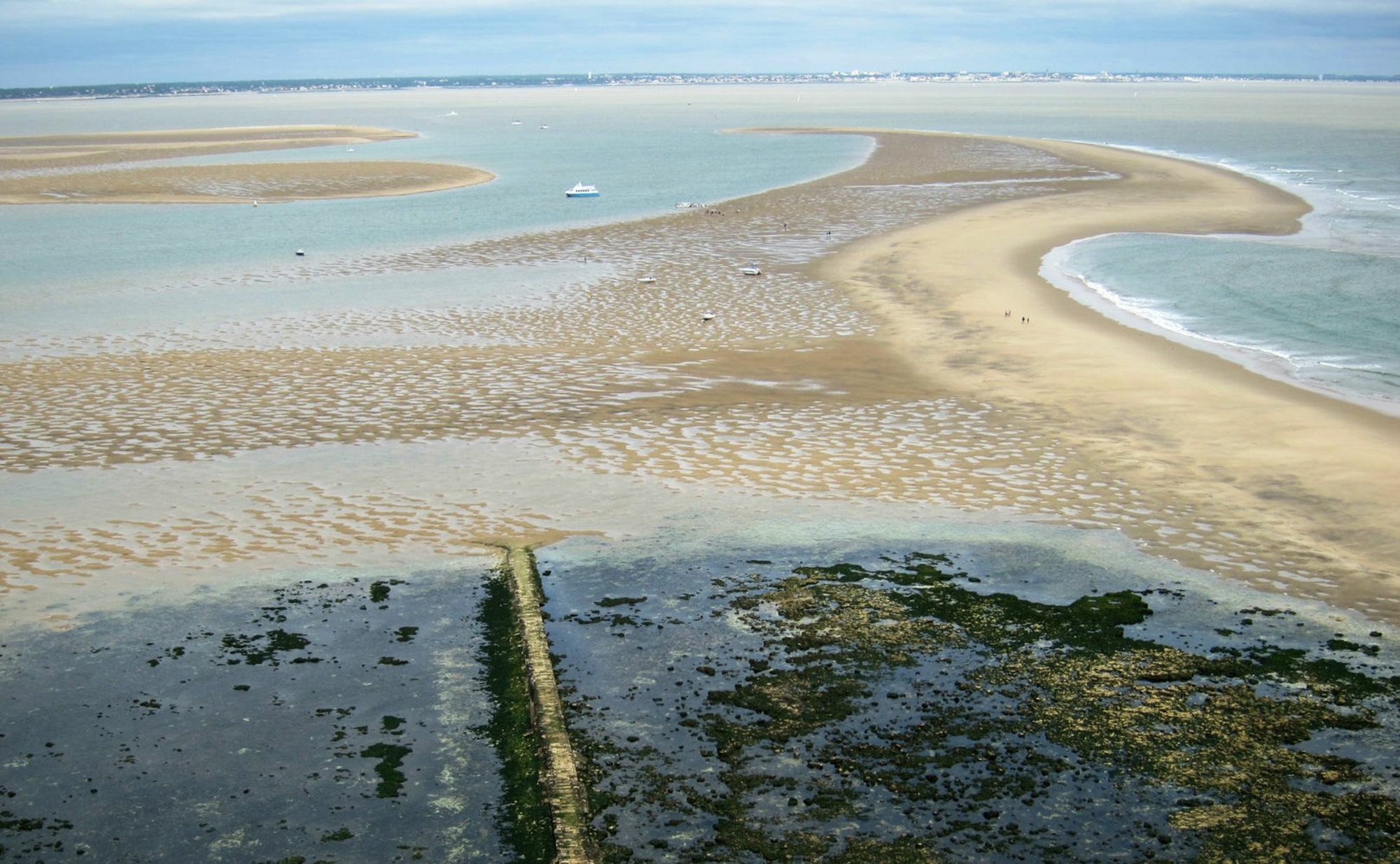
- Home
- The island of Cordouan
- Maritime and religious roots
- Cœur d'ânes or Cordouan ?
What was the source of the toponym Cordouan? Although it is often associated with Cordoue, the origin probably lies elsewhere. Some improbable explanations state that it was the name of the engineer who built the first tower, who was called " Cordou(e)"; others refer to the building of a tower by Arabs from Cordoba during the Saracen invasion of 732. The similarity with the name of the Spanish city of Cordoba can be seen as a possible explanation of the trade relations between the port of Bordeaux and the Cordoba starting in the 7th and 8th centuries – the maritime traffic would have required the construction of a lighthouse because the channel for delivering goods would have been considered to be too dangerous. And yet, comparing the various toponyms and compiling a list of sources highlights the connection between Cordouan and the sandbanks that surround it: the Asnes. The study of portolan charts provides some valuable clues: although the name Cordouan (or Cordoan) appears in textes as of the fifteenth century, it is not until the late sixteenth century that it appears on maps, where it is given as Cordan or Ricordan. Moreover, Latin texts make mention of a certain Cordanus, which is completely unrelated to Corduba, the Latin name for Cordoba. The island of Cordouan is located at the heart (cor in Latin) of the Asnes sandbanks, which appear on a number of maps. The contraction of cor and Asnes explain the toponym Cordan. Over the centuries, this "cor" of "Asnes" became Cordouan, which is similar to the toponym Ricordane, from the Latin "to remember" – a location where one must remember to take care. It is logical that these sandbanks, whose dangerous nature prompted the construction of a lighthouse, should characterise the island to the point of giving it its name.
Associated media
Open Media Library

Portolan chart from 1367

Map of the northeast Atlantic Ocean, Sixteenth century

Map of the Atlantic Ocean by Pierre Devaux, 1613

Map by Du Carlo, 1625

<i>Carte des côtes du golfe de Gascogne</i> by Jean Dupont, 1625

Map of the coasts of France, seventeenth century

